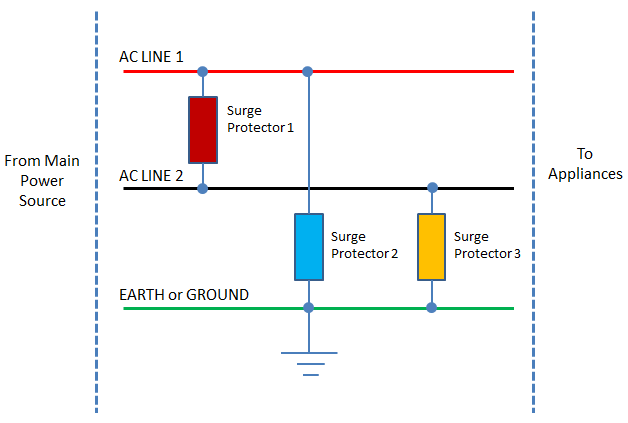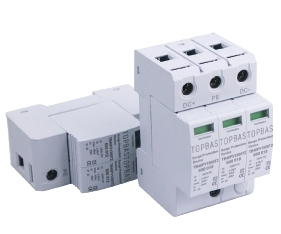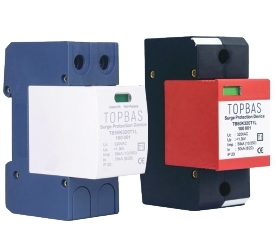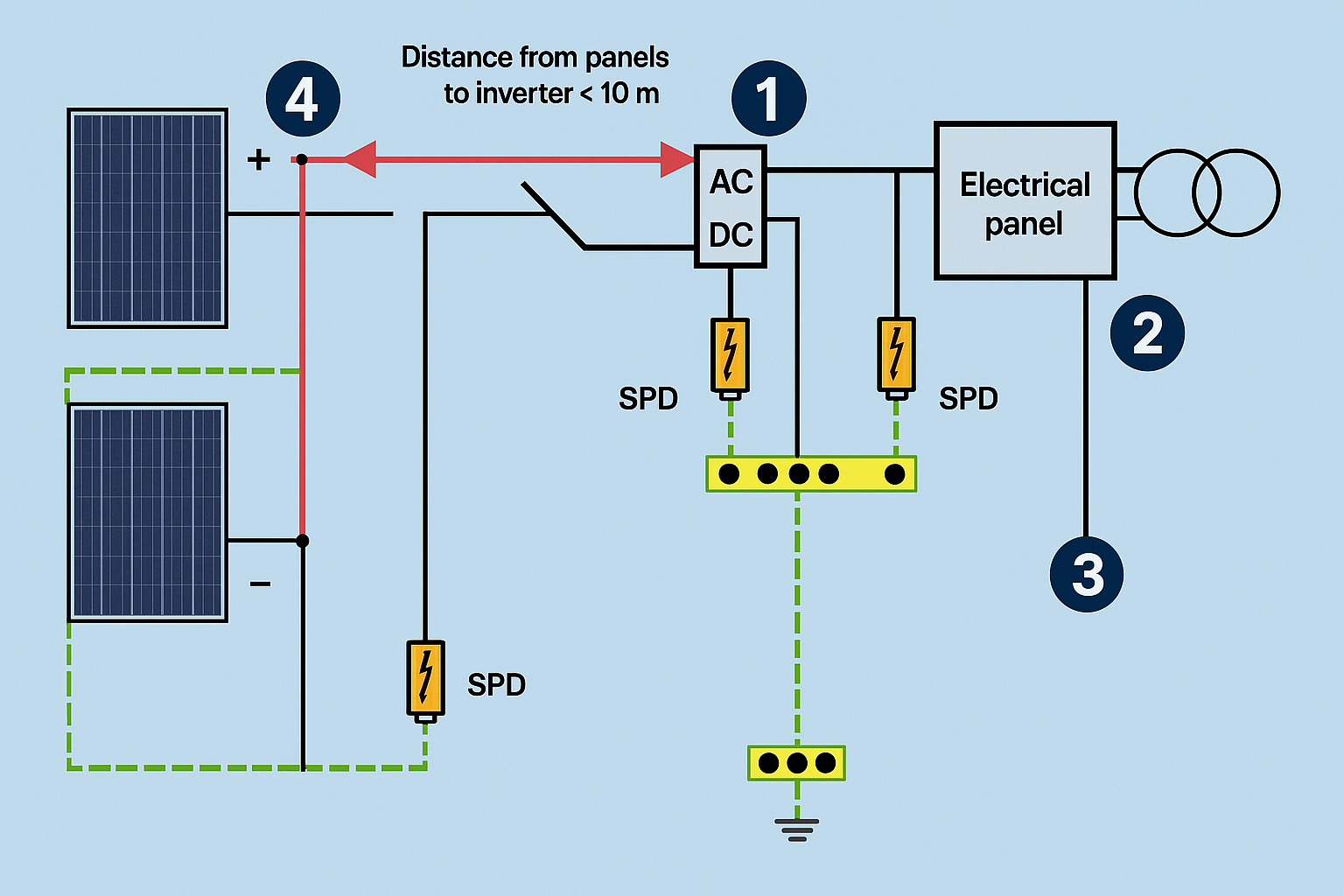In our modern world, especially in a bustling industrial and residential hubs, we are surrounded by a multitude of electric and electronic appliances. These electric and electronic devices, vital for our daily lives and businesses, are constantly at risk from a silent threat: power surges. Understanding what these surges are, how they occur, and how we can protect ourselves from them is crucial for safety and the longevity of our valuable equipment.
What is Surge?
A power surge is a sudden, brief increase in voltage in an electrical circuit. It can significantly exceed the normal operating voltage (typically around 220-240V in India). Think of it like a sudden tidal wave in the steady flow of electricity. These surges can last for only a few millionths of a second, but can cause significant damage to electrical equipment if not controlled.

| Common Causes of Surges | |
|---|---|
| External Sources: |
|
| Internal Sources: |
|
| Myths & Facts about Surges | |
|---|---|
| Myth | Fact |
| Surges are only caused by lightning. | While lightning is a significant cause of surges, they can also be caused by power line switching, electrical faults, and even the operation of large appliances in your own home. Surges can come from both external and internal sources. |
| Surge protection devices will protect against all types of electrical problems. | SPDs are specifically designed to protect against voltage surges, not all electrical problems. They do not protect against power outages, brownouts, or electrical overloads. Other devices like circuit breakers and UPS (Uninterruptible Power Supplies) may be necessary for additional protection. |
| SPDs are only needed for industrial settings. | SPDs are equally important in residential and commercial settings. Sensitive devices like computers, televisions, and home appliances can be damaged by voltage surges, and surge protection devices can save them from costly repairs or replacements. |
| Once an SPD is installed, no further protection is needed. | SPDs can wear out over time, especially after handling multiple surges. They may still be functional, but their ability to absorb future surges might be compromised. Regular checks and replacements are important to ensure continued protection. |
| All surge protectors are the same. | Surge protectors vary in terms of energy capacity, response time, and other features. Not all surge protectors offer the same level of protection, so it’s important to choose the right one based on your needs and the level of risk. |
What is Surge Protection?
Surge protection refers to the implementation of devices or systems to protect electrical equipment from voltage spikes. These devices are designed to absorb or redirect excess voltage, thus preventing damage to sensitive components.
Surge protection is crucial in today’s world, where electrical equipment is an integral part of everyday life. SPDs are designed to prevent damage from voltage spikes, safeguarding both individual equipment and larger electrical systems. Understanding the types of SPDs, their requirements, and dispelling common myths can help you make informed decisions on the right surge protection strategy for your home or business.


What is SPD (Surge Protection Device?
An SPD is a device specifically designed to protect electrical circuits and equipment from voltage surges. SPDs act by limiting the surge voltage that reaches sensitive equipment and diverting excess voltage to the ground.
Function of SPD: An SPD detects high voltage spikes and either absorbs the energy or redirects it to a grounding system. It helps maintain the voltage at a safe level for connected electrical systems.
Types of SPDs
Type 1 SPD
- Application: Installed at the main service entrance.
- Purpose: Protects against external surges, such as lightning strikes or utility grid issues.
- Characteristics: Can withstand high energy levels and is usually installed between the utility service and the building.
Type 2 SPD
- Application: Installed in the distribution panel.
- Purpose: Protects against internal surges caused by equipment switching or faults.
- Characteristics: Designed to handle moderate surge energy levels and is most commonly used in residential and commercial buildings.
Type 3 SPD
- Application: Installed near sensitive equipment.
- Purpose: Protects against low-energy surges that may affect sensitive electronics.
- Characteristics: Typically installed at the point of use, such as at outlets or near computers and other sensitive equipment.
Type 4 SPD
- Application: Point-of-use protection devices (like plug-in surge protectors).
- Purpose: Provides additional protection for individual equipment, such as computers, televisions, etc.
- Characteristics: These are portable devices that protect a single appliance.

| Requirements for Surge Protection | |
|---|---|
| Level of Protection | Choose SPDs based on the level of risk and the criticality of the equipment being protected. For high-risk areas, a combination of Type 1 and Type 2 SPDs is recommended. |
| Energy Rating | The energy rating of the SPD should be sufficient to handle the surges typical in the area. Surge protection devices have a Joule rating that indicates how much energy they can absorb before failing. |
| Coordination with Grounding System | SPDs must be properly grounded to function effectively. Proper grounding ensures that the diverted surge current flows safely into the earth. |
| Response Time | The SPD should have a quick response time to ensure protection is activated in a short duration, typically in nanoseconds. |
| Regular Maintenance | Some SPDs have an indicator that shows when the device is no longer functional and needs to be replaced. It’s important to check these periodically. |
SPD Installation
Whenever there is an installation in which the distance between the modules and the inverter exceeds 10 m, the installation of SPDs must be repeated.



